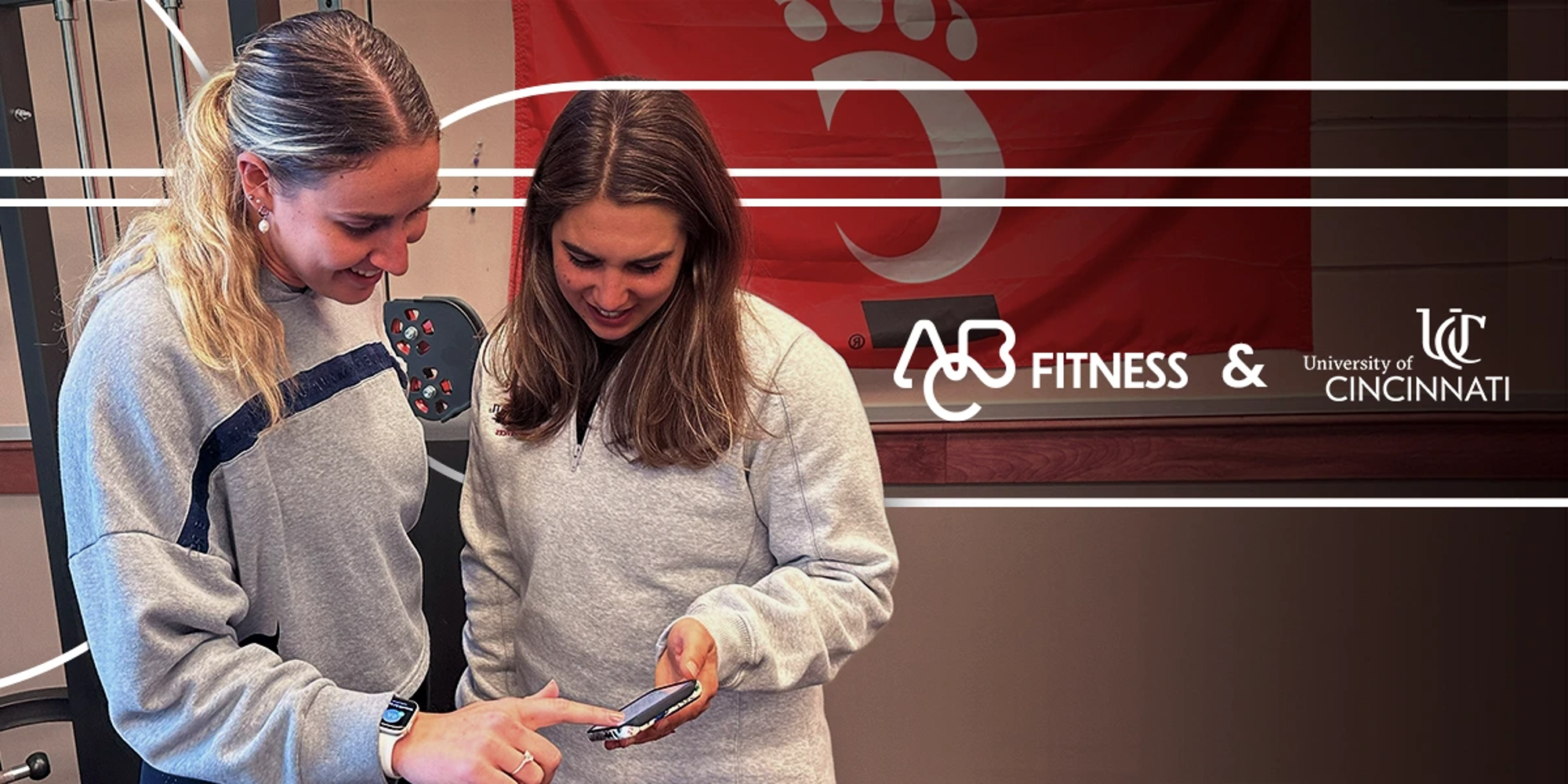Travel
First-of-its-kind model makes wrap drives feasible for space travel

Researchers have always been intrigued by the concept of warp drives, which was first proposed by Mexican physicist Miguel Alcubierre in 1994.
According to the theoretical Alcubierre warp drive concept, a spacecraft could appear to travel faster than light by contracting space in front of it and expanding space behind it.
This relies on the ability to create a modifiable energy-density field less than a vacuum or negative mass, which is scientifically impossible.
Now, a new study presents a solution for a warp drive that maintains a constant speed that is slower than light and meets all energy requirements.
According to researchers, the solution combines a stable outer layer of matter with a distribution of shift vectors closely resembling established warp drive models like the Alcubierre metric.
The details of the team’s research led by Jared Fuchs, a senior scientist at Applied Physics, were published in the journal Classical and Quantum Gravity.
Breaking warp barrier
The Advanced Propulsion Laboratory (APL) at the think tank Applied Physics, home to some of the world’s leading physicists, has been exploring warp drives for years.
APL uses advanced techniques from the theory of general relativity to develop new propulsion methods by manipulating spacetime.
To that extent, its open-source toolbox, Warp Factory, is designed to simulate the special physics of warp drives. Its development is focused on providing a numerical framework to analyze the physicality of spacetime, which is a unique approach in the development of warp solutions.
It has led to the formation of a “theoretical method of space travel that complies with general relativity and operates at a constant subluminal speed without requiring unphysical forms of matter,” according to Applied Physics’ website.
“This study changes the conversation about warp drives. By demonstrating a first-of-its-kind model, we’ve shown that warp drives might not be relegated to science fiction,” said lead author Jared Fuchs, a PhD candidate at the University of Alabama, Huntsville.
Advancing subluminal warp technology
The model, called the “Constant-Velocity Subluminal Warp Drive,” does away with the requirement for the “exotic” or negative energy sources that researchers previously suggested.
This solution was achieved using a stable outer layer of matter with a modified shift vector inside, resulting in a warp solution with positive mass. The shell was analyzed and built using Warp Factory.
According to researchers, this exciting discovery marks a significant first step in understanding what makes practical warp solutions possible. Moreover, the spacetime designed for the warp drive is a novel kind that surpasses earlier models, providing new opportunities because of changes in the space description.
The researchers intend to investigate this method further and identify areas that could be optimized to improve the mass-to-velocity ratio required to sustain physical integrity.
They suggest doing a direct 1D optimization of the radial profiles for density, pressure, and shift vector in place of the metric creation process of smoothing.
The study also stated that the team will investigate the “question of accelerating the drive efficiently without breaking physicality, which is a major direction of work for the field of warp drive research.”
ABOUT THE EDITOR
Jijo Malayil Jijo is an automotive and business journalist based in India. Armed with a BA in History (Honors) from St. Stephen’s College, Delhi University, and a PG diploma in Journalism from the Indian Institute of Mass Communication, Delhi, he has worked for news agencies, national newspapers, and automotive magazines. In his spare time, he likes to go off-roading, engage in political discourse, travel, and teach languages.








